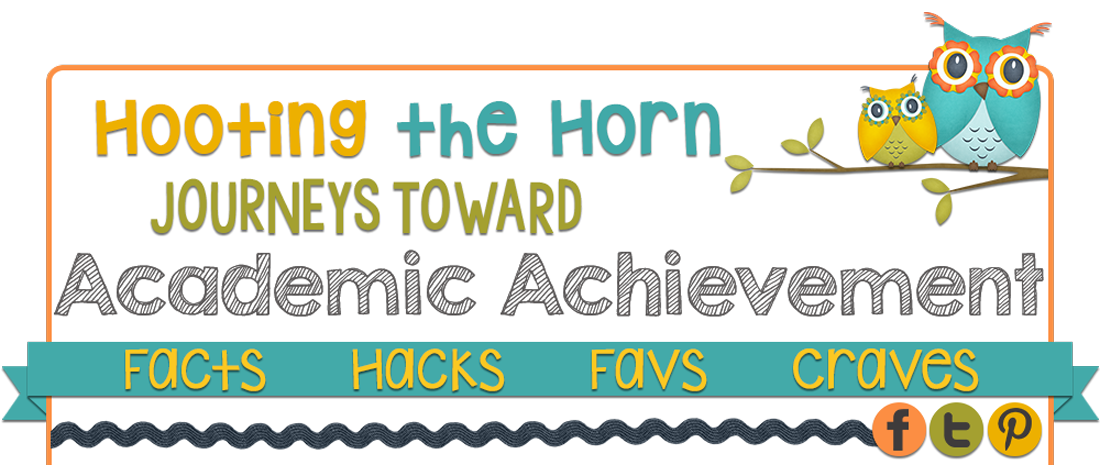 Like many educators, I have become very familiar with all things data. As a math teacher, I am highly concerned with the number of students that have issues with math concepts. Although my experience is based on middle school students, I’ve discussed this concern with elementary and high school teachers, as well as college professors and administrators in math-related fields. I’ve even talked to kids about their issues with math and why some of them hate the very thought of the subject. Several revelations came from these conversations. First, there seems to be a disconnect between understanding a concept (why) and applying the concept (do). Far too many students are entering middle school without knowing how to multiply and divide, and they are entering college without knowing how to find a solution to an algebra problem. Another issue arose that I can best describe with an example:
Like many educators, I have become very familiar with all things data. As a math teacher, I am highly concerned with the number of students that have issues with math concepts. Although my experience is based on middle school students, I’ve discussed this concern with elementary and high school teachers, as well as college professors and administrators in math-related fields. I’ve even talked to kids about their issues with math and why some of them hate the very thought of the subject. Several revelations came from these conversations. First, there seems to be a disconnect between understanding a concept (why) and applying the concept (do). Far too many students are entering middle school without knowing how to multiply and divide, and they are entering college without knowing how to find a solution to an algebra problem. Another issue arose that I can best describe with an example:
For every 4 girls in a school, there are 3 boys. What is the ratio of boys to girls?
On an assessment, the percentage of students providing an answer of 4 to 3 is greater than expected. The students that provide this answer have an understanding of ratios. They know it is a comparison of two related quantities. They even know how to represent ratios in different forms. If the question asked for a model, the majority of students would be able to generate one with no problem. The issue is not with the understanding of ratios; the issue is the question itself. Unless students comprehend that the wording of the question asks them to order boys before girls, they will get the question wrong. I can understand how that can lead to frustration. Are the students who get this question wrong being judged on their knowledge of ratios or on their ability to comprehend what they are reading?
I reviewed data from some of the assessments I gave last year, and the reading comprehension problem became more evident. It is particularly problematic with multiple choice problems, when the one shaded circle was the only chance for students to demonstrate their knowledge. When students were given an opportunity to explain their thinking through writing and justification, there was a measured increase in their grades; however, I still found that some students reverted back to the reading errors when given multiple choice problems. This error pattern was most evident with the following math concepts: ratios, rates, measurement conversion, solving for area and perimeter, circumference (including finding radius and diameter), and probability.
Of course, with the increased rigor of test questions, students’ ability to comprehend what they are reading is more important than ever. I don’t know if giving students problem after problem with the same type of question will help them understand (insert math concept here) better if the issue is with how to read problems. That will only lead to resentment and more apprehension towards math class. I realize that I will need to collaborate with my fellow ELA teachers for some methods they use to increase reading comprehension. One challenge will be getting students to make the connection between math and reading. When I introduced journaling in my math classes several years ago, I heard this question from students and parents: “Why are we writing? This is math class.” I’m sure a similar question will arise if I introduce reading comprehension techniques in my math classes.
Despite the upcoming challenges, I know I have to make it happen. When it comes to my students and knowing that they can be successful, it really isn’t an option. It is, however, an opportunity.

Thanks for this post. I agree that reading comprehension is a problem for many of my seventh grade students. I've borrowed the "highlighting" technique from the English teachers, but haven't tried journaling. I'm looking forward to other suggestions.
ReplyDeleteYou're welcome. I've tried highlighting in the past, but probably not to the extent I need to for it to be effective with students. I really have to help them cross the bridge of "it's math class, but we have to read in here too." Once I collaborate with the ELA team, I'll give an update. Thanks for your comment.
ReplyDeleteSo true! I found this in middle school too when teaching math. Understanding the wording, comprehending what is being asked...etc were many of the issues. Thank you for sharing your post.
ReplyDeleteYou really nailed it with this post. This is especially true in schools like mine with large numbers of English Learners. For years, I've said that it isn't that they don't know the answer, it's that they don't understand what they are being asked.
ReplyDeleteThank you so much for reading and commenting. You are so right! It does affect English learners and does need to be addressed. Hoping to continue the dialogue and learn from others.
Delete